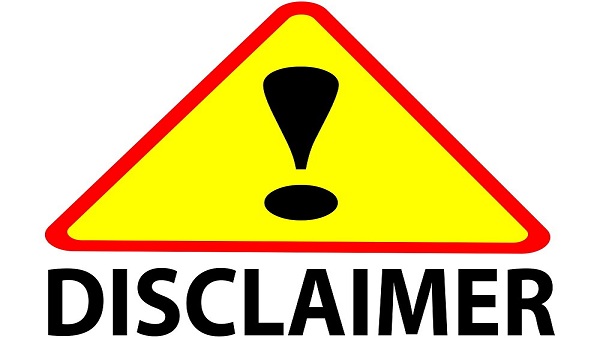Government’s Kisan Vikas Patra (KVP) Scheme To Double Your One-time Investment
[ad_1]
Read More/Less
Interest rate and deposits
The government’s Kisan Vikas Patra (KVP) scheme is currently attracting an interest rate of 6.9%, which is compounded annually, as per recent rule. The minimum amount to open a Kisan Vikas Patra (KVP) account is Rs. 1000 and in multiples of Rs. 100. There is no bar on the maximum amount. It is a safe investment tool, with the security of the union government.

Benefits of the Kisan Vikas Patra (KVP) scheme
The invested amount, whatever is, will double in 10 years and 4 months (124 months), according to the rule. You can open any number of accounts under this scheme. So, using the KVP calculator, if you are investing a lump sum of Rs. 1,00,000, at once, your total return will be Rs. 2,00,000 after 10 years and 4 months. According to Post Office, “The deposit shall mature on the maturity period prescribed by the Ministry of Finance from time to time as applicable on the date of deposit.”

Eligibility
Any single adult can open the Kisan Vikas Patra (KVP) account under a Post Office. In the case of a Joint Account, up to 3 adults will be allowed. However, if you are a guardian, you can open the account on behalf of your children. Along with that, on behalf of a minor or on behalf of a person of unsound mind, you can open the account. On the other hand, a minor above 10 years can open an account in his name.

Premature closure
In case of premature closure, the Post Office has certain rules that follow:
(i) On the death of a single account, or any or all the account holders in a joint account.
(ii) On forfeiture by a pledgee being a Gazette officer.
(iii) When order by court.
(iv) After 2 years and 6 months from the date of deposit.
(f) Transfer of account from one person to another person.
One can also check Public Provident Fund (PPF) Scheme to get assured return after a certain period for better interest rate, guaranteed by the union government.
[ad_2]






